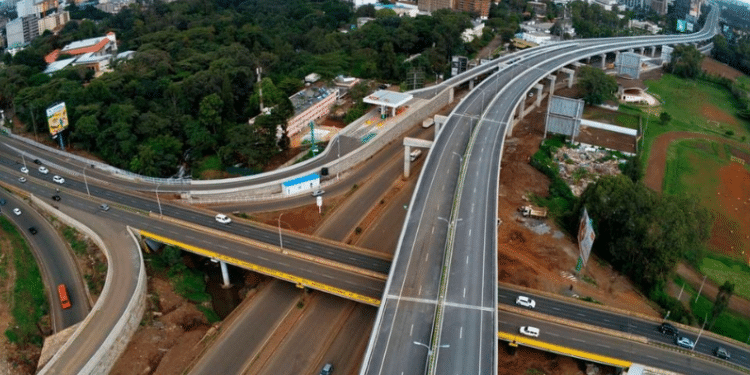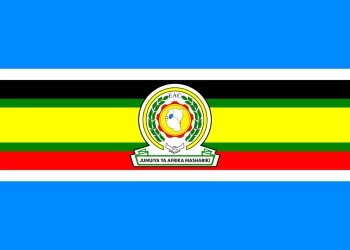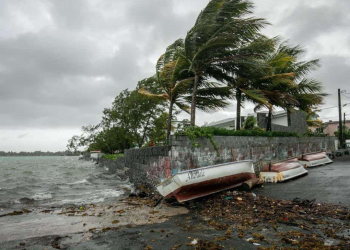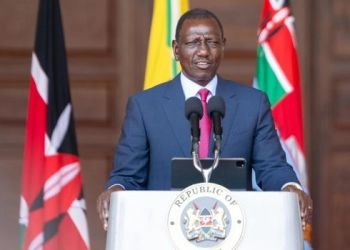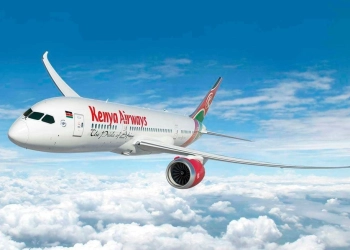Kenya and Uganda have entered high-level discussions with the East African Community (EAC) and the African Development Bank (AfDB) to advance plans for a 193-kilometre multinational expressway connecting the two countries. The two-day Market Sounding Conference began in Kampala, Uganda, on October 20, bringing together top government officials, investors, and development partners to explore viable financing models for the project.
The proposed Kenya–Uganda Multinational Expressway will link Kisumu–Busia in Kenya to Kakira–Malaba in Uganda, forming a critical part of the Northern Transport Corridor. Once completed, it is expected to boost regional trade, enhance transport efficiency, and strengthen cross-border integration across East Africa.
EAC-Led Initiative for Regional Integration
According to the EAC Deputy Secretary General in charge of Infrastructure, the expressway represents more than just a road project—it is a transformative regional artery aimed at connecting businesses, people, and opportunities.
He emphasized that the conference marks a turning point for sustainable infrastructure development, with the private sector playing a key role in financing. “Poor regional transport infrastructure increases the cost of doing business,” he stated, highlighting the importance of Multinational Road Projects and One Stop Border Posts (OSBPs) in addressing logistical bottlenecks.
Under the project, major border posts at Busia, Malaba, and Lwakhakha will be upgraded into modern OSBPs, improving the movement of goods and people while lowering trade costs and unlocking new market opportunities across the EAC region.
Feasibility, Financing, and Public-Private Partnerships
The Kampala conference focuses on reviewing feasibility studies covering traffic forecasts, environmental and social assessments, and engineering designs. Participants are also examining the Bankability Report, which explores Public-Private Partnership (PPP) models to ensure the project’s financial sustainability.
Eng. Charles Obuon, Director of PPPs at the Kenya National Highways Authority (KeNHA), noted that missing links in regional transport corridors have slowed economic integration. He added that the expressway’s feasibility study would “catalyse economic growth and development across the East African Community.”
In Uganda, Eng. Charles Wani, Commissioner for National Roads at the Ministry of Works and Transport, stressed that large-scale projects cannot be achieved in isolation. He called for blended financing approaches, combining public funds, private investment, and donor support to deliver the expressway efficiently.
Route and Regional Connectivity
The Kenya–Uganda Expressway will start in Kisumu, traversing through Kisian, Mamboleo, Chiga, and Rabuon before heading to Busia. On crossing the border, the Ugandan section will pass through Busitema, Malaba, Tororo, Korosiondet, Bumbobi, Malakisi, Lwakhakha, Mbale, and Jinja.
Designed as a smart transport corridor, the project aims to integrate digital technologies, tolling systems, and environmental safeguards. The expressway will not only improve connectivity but also:
- Reduce travel time and emissions,
- Enhance road safety,
- Create employment opportunities for youth and women, and
- Attract investment through PPP frameworks.
The project aligns with EAC’s broader vision of creating a single connected market through integrated infrastructure, enabling faster movement of goods from the Port of Mombasa to landlocked member states such as Uganda, Rwanda, and South Sudan.
Transforming Trade and Development Across East Africa
The expressway has generated strong investor interest, signaling confidence in the region’s transport and trade potential. The project will help lower transport costs, expand market access, and stimulate industrial growth along the Northern Corridor.
Officials expressed optimism that the collaboration between Kenya, Uganda, EAC, and AfDB would ensure a bankable, sustainable, and inclusive infrastructure project capable of reshaping cross-border logistics. Once completed, the Kenya–Uganda Expressway is expected to stand as a symbol of East Africa’s commitment to integration, connectivity, and shared prosperity.


